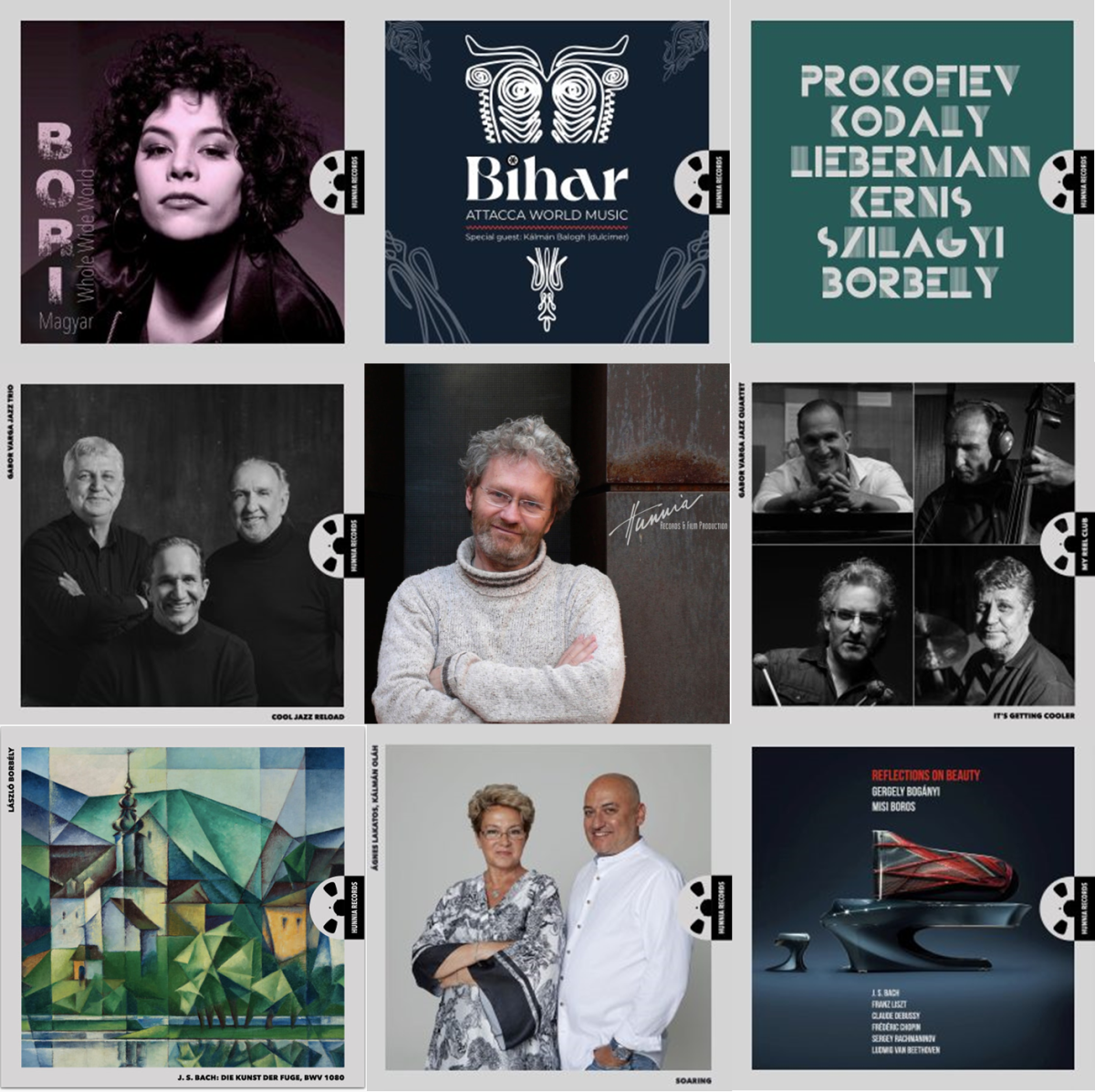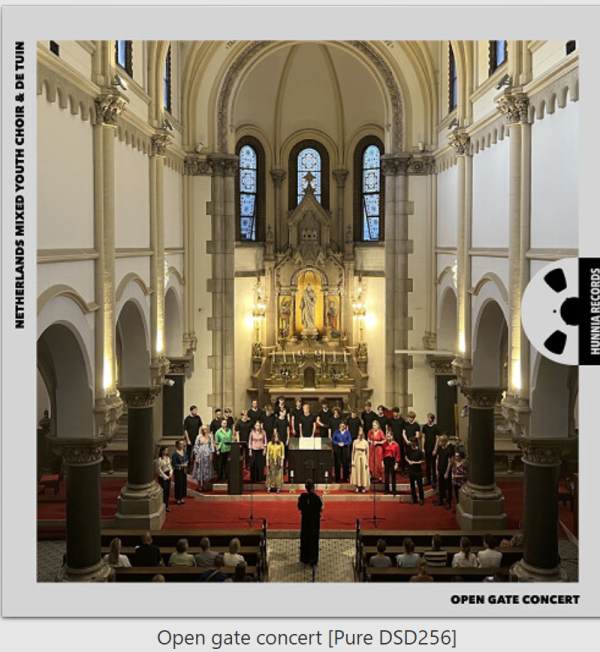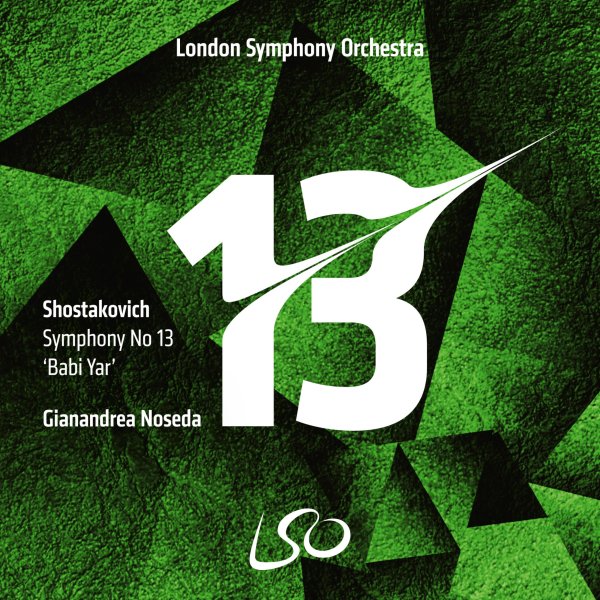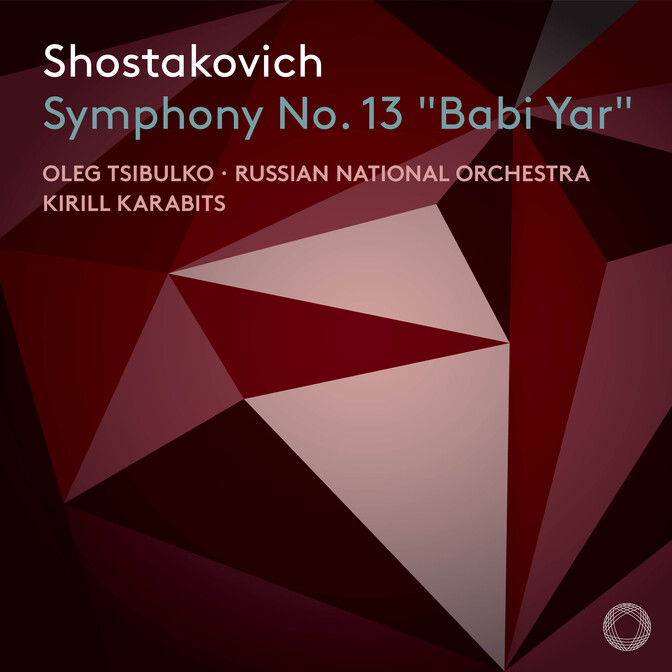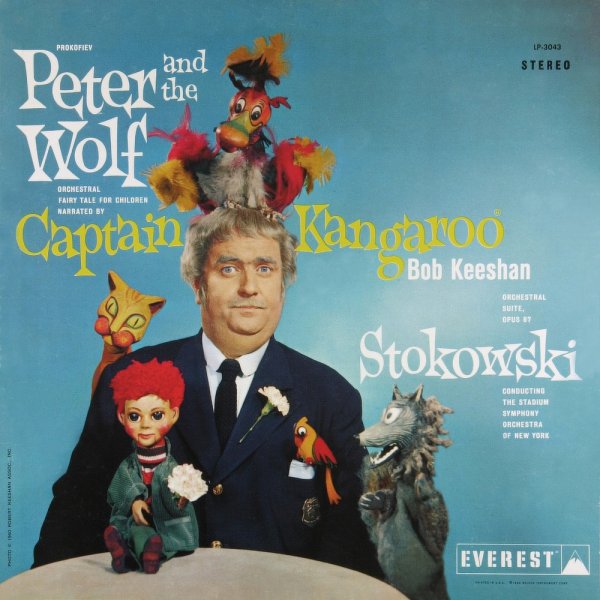First, please allow me to share a bit of background for what I hope will become a continuing conversation among friends... I've been away from the What's Best Forum for a number of years and recently returned to explore what I've been missing. What I see here are a lot of folks passionate about superb sound quality in their music playback. And I love that! Back in my vinyl days, I had a passion for searching out better pressings and finding great 45rpm reissues because those got me closer to what I heard when listening to excellent 15ips 2-track tapes (when I had the opportunity to hear those). I never added R2R tape to my audio, I was vinyl-only at home. Instead of more than one media, I invested my audio budget into the best turntable, tonearm, phono stage choices I could identify and pay for. Over the decades, I built a vinyl library of over 8,000 carefully selected LPs. But, then came retirement, downsizing, moving to a city to be nearer family, and becoming an apartment dweller.
My wife (who is my constant listening partner) and I chose to transition to all-digital files for our post-retirement, downsized, future life with music. Our principal enjoyment today is in very high resolution digital: DSD256 and DXD. As I worked past mourning the loss of my vinyl, I found that very high resolution digital recordings, with an excellent DAC, assuaged the angst. With David Robinson's encouragement as a means of therapy, I started writing music reviews for Positive Feedback, and I have developed email relationships with a lot of digital recording and mastering engineers. Let's just say I've gotten my feet on the ground and am now very happy with my digital library. And because I enjoy the conversation about music and high quality reproduction, I've been looking to see where, or if, I can make a contribution. I didn't see another thread here that focuses on very high resolution file downloads originally recorded and released in Pure DSD256, with the occasional outstanding DXD release, so I offer this thread to hopefully become a place for that sort of conversation.
By way of diving in, I'll make a few comments that I hope folks reading this thread with take in the spirit with which they are intended: kindly. And I hope others will add to this start and share some of the DSD256 and DXD albums you are listening to that are just amazing. So, with apologies to many of you for whom this next bit may be old-hat, let me share some baseline information for any newcomers to this world of very high resolution downloads.
Pulse Code Modulation (PCM) technology and DSD (actually 1-bit Pulse Density Modulation or PDM) technology are significantly different. If you are familiar with PCM, you really cannot transfer any of your understanding of PCM to the very different world of DSD (PDM). For example, many will already understand that moving a file from DSD64 to DSD256 is a modulation. It is not a conversion. There is no resampling, no upsampling. The file continues entirely in the DSD domain. DSD is so very different from PCM that many people who are used to upsampling in PCM don't appreciate how seamless a DSD modulation is. Sure, there is no additional information being included when remodulating from DSD64 to DSD256, but doing so is not in anyway futzing with or harming the signal. In fact, this is exactly how my Playback Designs MPD-8 DAC operates, designed by one of the masters of DSD technology Andreas Koch. In fact, the MPD-8 modulates well beyond DSD1024 internally so that by the time it converts to analog, the signal is almost an analog signal already. More and more DACs are now designed to process the signal this way. See my interview with NativeDSD's mastering engineer, Tom Caulfield, for a better explanation of all of this:
An Interview with NativeDSD's Mastering Engineer Tom Caulfield
There may be some exploring this thread who use only physical media. For you so situated, I hope you will someday acquire (or borrow) a well designed DAC that can process DSD256 files because it is at this level that the DSD magic really begins to show itself. I have many DSD64 files from SACDs, and also many 44.1kHz PCM files, but my happiness comes from the aural density and resolution that really only shows up at much higher resolutions.
With respect to DSD256, I'd be remiss not to note that most albums released in DSD256 have been mastered in DXD. They thus have gone through the decimation of PCM processing. Many of you may have heard the statement that it is not possible to mix in DSD, that you have to take the file to analog or to PCM in order to mix it. That is a myth. It IS possible to mix in DSD (or multi-bit PDM) thus keeping the file entirely within the DSD domain. Mixing entirely within the DSD domain is what Gonzalo Noqué of Eudora Records has been doing for at least the past four to five years. Below are links to some articles about the process and some free downloadable sample files so you can hear the sound quality differences for yourself.
Mixing in Pure DSD - No PCM Allowed (free downable sample files included that will allow you to hear the same DSD256 original recording mastered DXD and then output to DSD256, versus that same recording mastered completely within the DSD domain with no PCM)
NativeDSD will also consider a file mixed in analog to be Pure DSD, identifying to general categories of Pure DSD processes, as discussed here:
Get the Master Tape Listening Experience with Pure DSD256, Free Sample Downloads Included
And, if you are willing to entertain downloading files for music listening, here is a list I recently posted at Positive Feedback of My Top of the Pile Pure DSD256 releases for audio quality:
Pure DSD256: My Top of the Pile
Pure DSD256 from Analog Tape: My Top of the Pile
And, just to offer something more to chew on about why I get so excited about DSD256 recordings:
Pure DSD256 - What We Hear
I'll follow this post with some posts of outstanding Pure DSD256 and DXD recordings to which I've been listening. I hope you will share yours.
My wife (who is my constant listening partner) and I chose to transition to all-digital files for our post-retirement, downsized, future life with music. Our principal enjoyment today is in very high resolution digital: DSD256 and DXD. As I worked past mourning the loss of my vinyl, I found that very high resolution digital recordings, with an excellent DAC, assuaged the angst. With David Robinson's encouragement as a means of therapy, I started writing music reviews for Positive Feedback, and I have developed email relationships with a lot of digital recording and mastering engineers. Let's just say I've gotten my feet on the ground and am now very happy with my digital library. And because I enjoy the conversation about music and high quality reproduction, I've been looking to see where, or if, I can make a contribution. I didn't see another thread here that focuses on very high resolution file downloads originally recorded and released in Pure DSD256, with the occasional outstanding DXD release, so I offer this thread to hopefully become a place for that sort of conversation.
By way of diving in, I'll make a few comments that I hope folks reading this thread with take in the spirit with which they are intended: kindly. And I hope others will add to this start and share some of the DSD256 and DXD albums you are listening to that are just amazing. So, with apologies to many of you for whom this next bit may be old-hat, let me share some baseline information for any newcomers to this world of very high resolution downloads.
Pulse Code Modulation (PCM) technology and DSD (actually 1-bit Pulse Density Modulation or PDM) technology are significantly different. If you are familiar with PCM, you really cannot transfer any of your understanding of PCM to the very different world of DSD (PDM). For example, many will already understand that moving a file from DSD64 to DSD256 is a modulation. It is not a conversion. There is no resampling, no upsampling. The file continues entirely in the DSD domain. DSD is so very different from PCM that many people who are used to upsampling in PCM don't appreciate how seamless a DSD modulation is. Sure, there is no additional information being included when remodulating from DSD64 to DSD256, but doing so is not in anyway futzing with or harming the signal. In fact, this is exactly how my Playback Designs MPD-8 DAC operates, designed by one of the masters of DSD technology Andreas Koch. In fact, the MPD-8 modulates well beyond DSD1024 internally so that by the time it converts to analog, the signal is almost an analog signal already. More and more DACs are now designed to process the signal this way. See my interview with NativeDSD's mastering engineer, Tom Caulfield, for a better explanation of all of this:
An Interview with NativeDSD's Mastering Engineer Tom Caulfield
There may be some exploring this thread who use only physical media. For you so situated, I hope you will someday acquire (or borrow) a well designed DAC that can process DSD256 files because it is at this level that the DSD magic really begins to show itself. I have many DSD64 files from SACDs, and also many 44.1kHz PCM files, but my happiness comes from the aural density and resolution that really only shows up at much higher resolutions.
With respect to DSD256, I'd be remiss not to note that most albums released in DSD256 have been mastered in DXD. They thus have gone through the decimation of PCM processing. Many of you may have heard the statement that it is not possible to mix in DSD, that you have to take the file to analog or to PCM in order to mix it. That is a myth. It IS possible to mix in DSD (or multi-bit PDM) thus keeping the file entirely within the DSD domain. Mixing entirely within the DSD domain is what Gonzalo Noqué of Eudora Records has been doing for at least the past four to five years. Below are links to some articles about the process and some free downloadable sample files so you can hear the sound quality differences for yourself.
Mixing in Pure DSD - No PCM Allowed (free downable sample files included that will allow you to hear the same DSD256 original recording mastered DXD and then output to DSD256, versus that same recording mastered completely within the DSD domain with no PCM)
NativeDSD will also consider a file mixed in analog to be Pure DSD, identifying to general categories of Pure DSD processes, as discussed here:
Get the Master Tape Listening Experience with Pure DSD256, Free Sample Downloads Included
And, if you are willing to entertain downloading files for music listening, here is a list I recently posted at Positive Feedback of My Top of the Pile Pure DSD256 releases for audio quality:
Pure DSD256: My Top of the Pile
Pure DSD256 from Analog Tape: My Top of the Pile
And, just to offer something more to chew on about why I get so excited about DSD256 recordings:
Pure DSD256 - What We Hear
I'll follow this post with some posts of outstanding Pure DSD256 and DXD recordings to which I've been listening. I hope you will share yours.


![[IMG] [IMG]](https://positive-feedback.com/wp-content/uploads/2024/03/cover.png)

